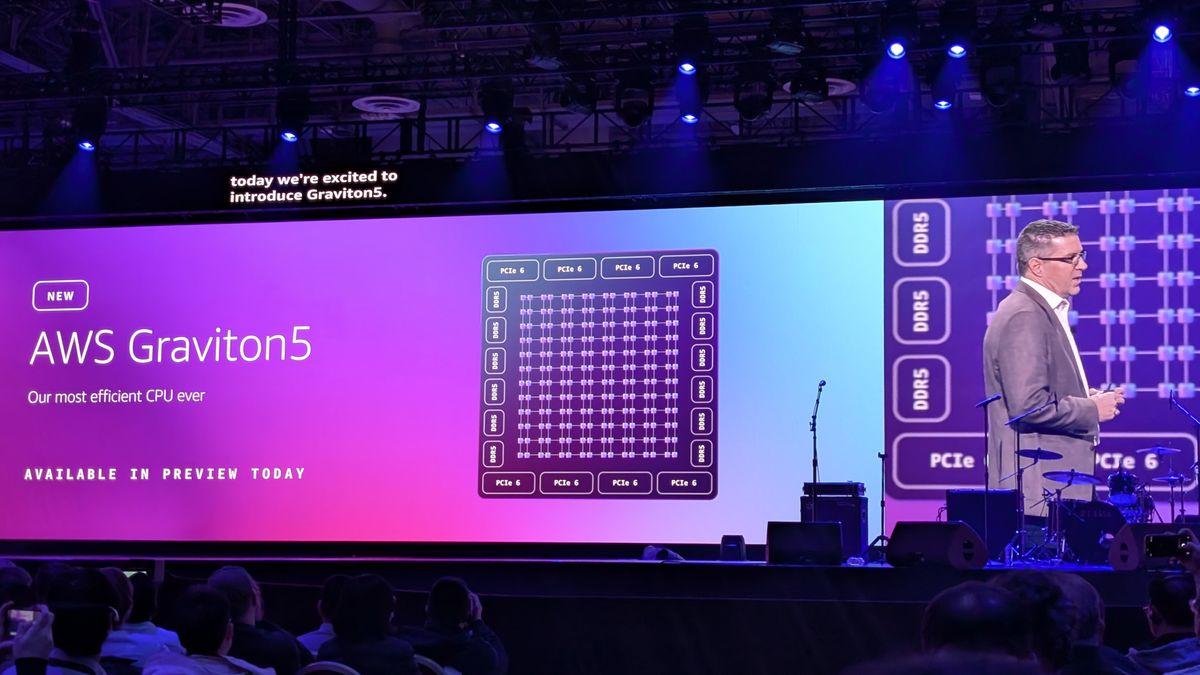AI, like any technology, is neither inherently good nor bad. As always, it depends on who is using it and what they’re using it for. However, what is undeniable is that AI is evolving faster than its risk averse cousin, regulation, as legislators continue to struggle to keep pace.
Of course, it doesn’t help that AI is innovating within AI, which is in turn leading to unprecedented acceleration in technological development.
All of this is creating a new set of security challenges, the latest of which is vibe coding. As with any innovation cycle within AI, it’s critical that we understand what it is, and what the security implications are.
Chief Technology Officer at Zscaler.
Vibe coding explained
At its core, vibe coding is a modern approach to software development. This shift is best understood through the changing role of the software developer. Previously, a developer would have been tasked with manually writing each line of code, before commencing the usual process of inspecting, testing, fixing and launching.
Now, with the introduction of vibe coding, a software developer – and your average Joe – is able skip the first step, have AI write the code in their stead, and simply guide, test, and refine it.
On paper, the benefits are plain to see. Devs can work more efficiently, it democratizes and opens up the act of coding beyond trained developers, and encourages creativity and experimentation, with new consumer-facing applications being created that are intuitive and easy to use.
Even Google’s CEO, Sundar Pichai has been having a go, stating that “it feels delightful to be a coder”, after letting slip that he had been playing around with building a web app.
As with any AI innovation – and given the ever-growing accessibility of AI tools – it comes to the forefront of the industry, habits change, and new tools and companies are developed. Just a few weeks ago, vibe coding company Lovable was in talks for a $1.5 billion valuation.
What’s clear is that you can’t stop the tide. It’s about working with it, building suitable guardrails and managing the associated risks appropriately. But what are these risks?
The security risks
As equally as vibe coding can be used for innovative purposes, it can also perpetuate cyber threats. To be robust in today’s threat landscape, businesses require secure, compliant, and maintainable code. The reality is that malicious code does not need to be high quality or long-lasting to have an impact.
In today’s AI-driven threat landscape, bad actors can even use verbal commands to generate malicious code and target vulnerabilities. To extrapolate this issue one step further, AI agents will add another dangerous dimension.
While generative AI can provide coding capabilities as part of vibe coding, it still needs to be deployed and executed in isolation. That is until an AI agent takes on the responsibility.
Vibe coding also has the potential to cause issues within security teams themselves. Often, it’s done individually, therefore undermining the collaborative and agile nature of DevOps practices. Without structured programming and security awareness, vibe coding can introduce hidden risks.
Defensive strategies
Vibe coding represents a leap in abstraction, allowing programmers to generate code using natural language. And while it lowers the barrier to entry and democratizes access to coding, it ultimately increases the risk of misuse by unqualified users. Businesses must set themselves up with a long-term view.
Vibe coding is just the latest iteration of AI-driven attacks and while it’s easy to focus on the technology of the moment, organizations must be set up to defend against vibe coding and whatever the next innovation may be.
The first and foremost defensive strategy is deploying zero trust architecture. At its core, Zero Trust is a security process that assumes that no entity should be trusted by default, even if within the network perimeter. The old adage of “if you can reach it, you can breach it” rings true here, so by reducing or removing your attack surface you’re going a long way to protecting yourself.
Secondly, there’s incredible value in platform-based technologies. The intelligence that platform providers get from serving millions of customers is invaluable. Think of it somewhat like herd immunity. If a solution is applied to one, it is applied to the many. Essentially, you’re benefiting from the participation of others in the platform model.
Finally, it’s vital that businesses be proactive in security, shifting from defense to offence, or as we like to call it threat hunting. By mitigating risk before it escalates, enterprises can improve their overall security posture.
Looking ahead
Ultimately, due to reasons like cost efficiency, AI will continue to disrupt the ways that we work and therefore influence the ways that we protect ourselves against the evolving threat landscape. In the future, vibe coding might involve multiple AI agents handling different aspects of the process, with one agent for pillars such as creativity, security, and the structure.
Security when done right can be a revenue enabler, allowing for market expansion, agility and better business practices. When done poorly, it renders businesses vulnerable to the latest AI innovation and trend. By adopting a long-term view of the threat landscape, deploying Zero Trust and taking a proactive approach to their security posture, enterprises can thrive.
We've featured the best online cybersecurity course.
This article was produced as part of TechRadarPro's Expert Insights channel where we feature the best and brightest minds in the technology industry today. The views expressed here are those of the author and are not necessarily those of TechRadarPro or Future plc. If you are interested in contributing find out more here: https://www.techradar.com/news/submit-your-story-to-techradar-pro











 English (US) ·
English (US) ·